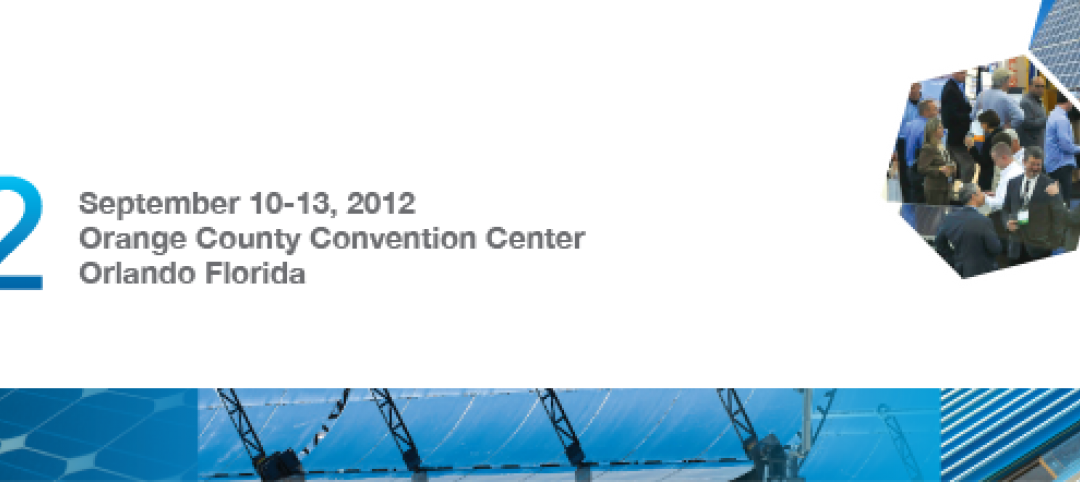For the better part of a decade, we’ve watched AEC firms and real estate owners and developers pluck business practices, technology, and talent from the tech and manufacturing industries—digital workflows, automation, innovation competitions, hackathons, maker culture, Lean operations, technologies like predictive analytics, AI, and immersive reality.
AEC “outsiders” hold prominent positions in large firms, with titles like Chief Data Officer and Chief Innovation Officer. Firms are angel investors, startup backers, and purveyors of custom-built software tools and tech platforms. They are exploring real-world applications for nascent technologies like digital twin, blockchain, and haptics for VR. They are backing or launching increasingly sophisticated offsite construction enterprises.
Indeed, the nation’s leading design and construction firms have embraced innovation culture in a big way—whether through formal structured processes or departments (still rare in our market), or an R&D “tinker” approach (much more common).
As firms begin to adopt the practices and mindset of Silicon Valley tech and advanced manufacturing, it’s fair to ask: Are all of these innovation projects and initiatives working? More to the point: Does your firm track the success rate of its innovation projects?
If you do, and your success rate is 50% or greater, guess what? You are faring much better than many of the tech firms that we collectively hold up on a pedestal as leading innovators. A new survey, conducted by Oracle, of more than 5,000 decision makers across 24 markets in software development and cloud solutions found that less than half of innovation projects ever make it to market. And it is the biggest firms (workforces up to 50,000) and the fastest-growing companies that struggle the most.
Survey respondents cited a host of reasons for the less-than-ideal “hit rate” on innovation projects: poor processes, lack of focus, absentee leadership, an over-commitment on the number of innovation projects, and an insufficient commitment from the business.
Another glaring issue: a lack of clear ownership. Executives (48%) and IT (46%) were identified as the most common owners of projects, but a variety of other functions were identified as champions in near-equal proportions, between 35% and 41%, according to the survey.
“Employees will always be a critical factor in any innovation program, but they need an effective and supporting culture of innovation to be successful,” said Neil Sholay, Oracle’s VP of Innovation. “This starts with a clear vision from leaders and the prioritization and funding of chosen projects.”
While the Oracle report is somewhat of an apples-and-oranges comparison to AEC, the survey findings demonstrate that even the most finely tuned organizations struggle to innovate.
Download the key takeaways of Oracle’s “Having a Successful Innovation Agenda” report at: tinyurl.com/yxathbeg.
Related Stories
| Apr 20, 2012
Registration open for Solar Power International 2012 in Orlando
President Bill Clinton to deliver keynote address at ?largest solar energy event in the Americas.
| Apr 19, 2012
HBD Construction names Steven Meeks vice president
Meeks will provide expertise for the company in its many diverse areas of construction projects including health care, senior living, education and retail.
| Apr 18, 2012
Positive conditions persist for Architecture Billings Index
The AIA reported the March ABI score was 50.4, following a mark of 51.0 in February; greatest demand is for commercial building projects.
| Apr 17, 2012
Princeton Review releases “Guide to 322 Green Colleges”
The guide profiles 322 institutions of higher education in the U.S. and Canada that demonstrate notable commitments to sustainability in their academic offerings, campus infrastructure, activities and career preparation.
| Apr 17, 2012
FMI report examines federal construction trends
Given the rapid transformations occurring in the federal construction sector, FMI examines the key forces accelerating these changes, as well as their effect on the industry.
| Apr 16, 2012
University of Michigan study seeks to create efficient building design
The result, the researchers say, could be technologies capable of cutting the carbon footprint created by the huge power demands buildings place on the nation’s electrical grid.
| Apr 16, 2012
Batson-Cook breaks ground on senior living center in Brunswick, Ga.
Marks the third Benton House project constructed by Batson-Cook.
| Apr 16, 2012
Drake joins EYP as science and technology project executive
Drake’s more than 30 years of diversified design and project delivery experience spans a broad range of complex building types.
| Apr 16, 2012
$80 million in export financing for solar project in India
The project, “Rajasthan Sun Technique Energy Private Limited,” is a subsidiary of Reliance Power and is being co-financed by the Asian Development Bank and FMO, the Dutch development bank.
| Apr 13, 2012
Best Commercial Modular Buildings Recognized
Judges scored building entries on a number of criteria including architectural excellence, technical innovation, cost effectiveness, energy efficiency, and calendar days to complete, while marketing pieces were judged on strategy, implementation, and quantifiable results. Read More
















